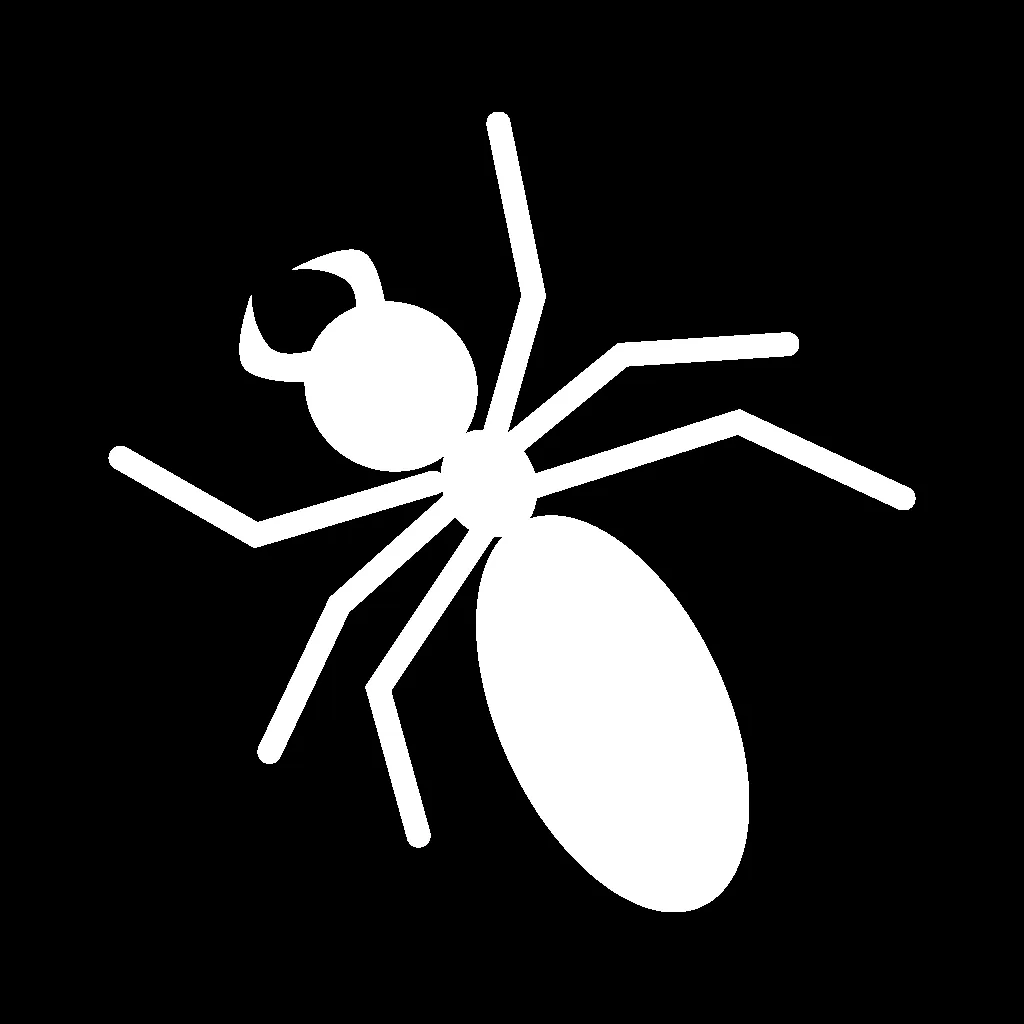The Pileated Woodpecker (Dryocopus pileatus), often recognized by its striking red crest and large size, is one of North America’s most iconic birds. Resembling a miniature pile-driver with its powerful drumming on trees, this woodpecker thrives in mature forests across the continent. If you’re a bird enthusiast or backyard observer curious about Pileated Woodpecker behavior, understanding its habitat, food sources, nesting habits, and conservation status is essential. These birds play a vital role in forest ecosystems by controlling insect populations and creating habitats for other wildlife.
For more insights into bird behaviors in similar environments, check out female cardinal behavior.
Habitat
Pileated Woodpeckers prefer mature deciduous or mixed deciduous-coniferous woodlands, inhabiting a wide variety of forest types. From the towering western hemlock stands in the Pacific Northwest to the beech and maple forests of New England, and even the cypress swamps of the Southeast, these birds adapt to diverse settings. They also occupy younger forests as long as there are scattered large dead trees or ample decaying downed wood available.
 Forests
Forests
In addition to wild forests, Pileated Woodpeckers have expanded into suburban areas featuring large trees and woodland patches. This adaptability has helped their populations remain stable or grow, even as human development encroaches on natural habitats. According to ornithological studies, the presence of deadwood is crucial, serving not just as foraging sites but also as roosting and nesting locations that support biodiversity.
Food
Carpenter ants form the cornerstone of the Pileated Woodpecker’s diet, making up to 40% or even 97% in some individuals according to diet analyses. These birds supplement their ant intake with other insects like wood-boring beetle larvae, termites, flies, spruce budworm, caterpillars, cockroaches, and grasshoppers. Their foraging prowess relies on excavating deep into wood to access these hidden prey.
 Insects
Insects
Beyond insects, Pileated Woodpeckers consume wild fruits and nuts such as greenbrier, hackberry, sassafras, blackberries, sumac berries, poison ivy, holly, dogwood, persimmon, and elderberry. This varied diet ensures nutritional balance throughout the year. Interestingly, they occasionally visit backyard feeders for seeds or suet, providing birdwatchers a chance to observe them up close. Maintaining dead wood and native berry-producing plants in your yard can attract these magnificent birds.
Nesting
Nest Placement
Pileated Woodpeckers select dead trees in mature or old-growth stands of coniferous or deciduous forests for nesting. These sites can also appear in younger forests or urban areas with suitable snags. Competition for these cavities is fierce, with rivals including Wood Ducks, European Starlings, Red-bellied Woodpeckers, Red-headed Woodpeckers, Eastern Bluebirds, and Great Crested Flycatchers. Bats and swifts sometimes share roosts peacefully.
 Cavity
Cavity
Preserving standing dead trees is critical, as they provide essential shelter for numerous species beyond woodpeckers.
Nest Description
The male initiates nest excavation, handling most of the labor, though the female assists toward completion. The oblong entrance hole differs from the typical circular woodpecker design. Finishing involves the bird working from inside, tossing out chips via its bill. Nests use only leftover wood chips for lining, taking 3-6 weeks to build, with depths of 10-24 inches. Reuse is rare, emphasizing the need for abundant deadwood.
Nesting Facts
| Clutch Size: | 3-5 eggs |
|---|---|
| Number of Broods: | 1 brood |
| Egg Length: | 1.2-1.4 in (3-3.5 cm) |
| Egg Width: | 0.9-1.0 in (2.4-2.6 cm) |
| Incubation Period: | 15-18 days |
| Nestling Period: | 24-31 days |
| Egg Description: | White. |
| Condition at Hatching: | Naked and helpless. |
Behavior
These woodpeckers are expert foragers on large dead wood, including standing snags, stumps, and logs. They create rectangular excavations up to a foot long, delving deep for carpenter ant tunnels—their staple food. A long, barbed tongue extracts beetle larvae or termites buried inches within the wood.
 Bark Forager
Bark Forager
Their hammering technique involves pulling back with a long neck for powerful bill strikes, aided by foot leverage, producing a audible “thunk” and piles of chips below. Monogamous pairs defend large territories, rarely seen in groups larger than two. Upon a mate’s death, the survivor often pairs anew, facilitating territory turnover. Flight is strong yet undulating, with deep, quick wingbeats.
Conservation
Rated as of low concern, Pileated Woodpecker populations have increased steadily from 1966 to 2019 per the North American Breeding Bird Survey. Partners in Flight estimates 2.6 million breeding individuals globally, scoring them 7/20 on the Continental Concern Score.
 Low Concern
Low Concern
They depend on large dead trees and logs, often removed by landowners. Retaining these supports insect prey and cavity-nesters. Historical declines from eastern forest clearing reversed with regrowth in the mid-20th century.
In summary, the Pileated Woodpecker exemplifies forest health, from its ant-hunting prowess to cavity creation. To support them, advocate for deadwood preservation in forests and yards. Consult resources like the Cornell Lab of Ornithology for local birdwatching tips, and explore more bird guides on our site.
References
- Bull, Evelyn L. and Jerome A. Jackson. (2011). Pileated Woodpecker (Dryocopus pileatus), version 2.0. In The Birds of North America (P. G. Rodewald, editor). Cornell Lab of Ornithology, Ithaca, New York, USA.
- Dunne, P. (2006). Pete Dunne’s essential field guide companion. Houghton Mifflin Harcourt, New York, USA.
- Ehrlich, P. R., D. S. Dobkin, and D. Wheye (1988). The Birder’s Handbook. Simon and Schuster Inc., New York, NY, USA.
- Lutmerding, J. A. and A. S. Love. (2020). Longevity records of North American birds. Version 2020. Patuxent Wildlife Research Center, Bird Banding Laboratory.
- Partners in Flight. (2020). Avian Conservation Assessment Database, version 2020.
- Sauer, J. R., et al. (2019). The North American Breeding Bird Survey, Results and Analysis 1966–2019. Version 2.07.2019. USGS Patuxent Wildlife Research Center, Laurel, MD, USA.
- Sibley, D. A. (2014). The Sibley Guide to Birds, second edition. Alfred A. Knopf, New York, NY, USA.
